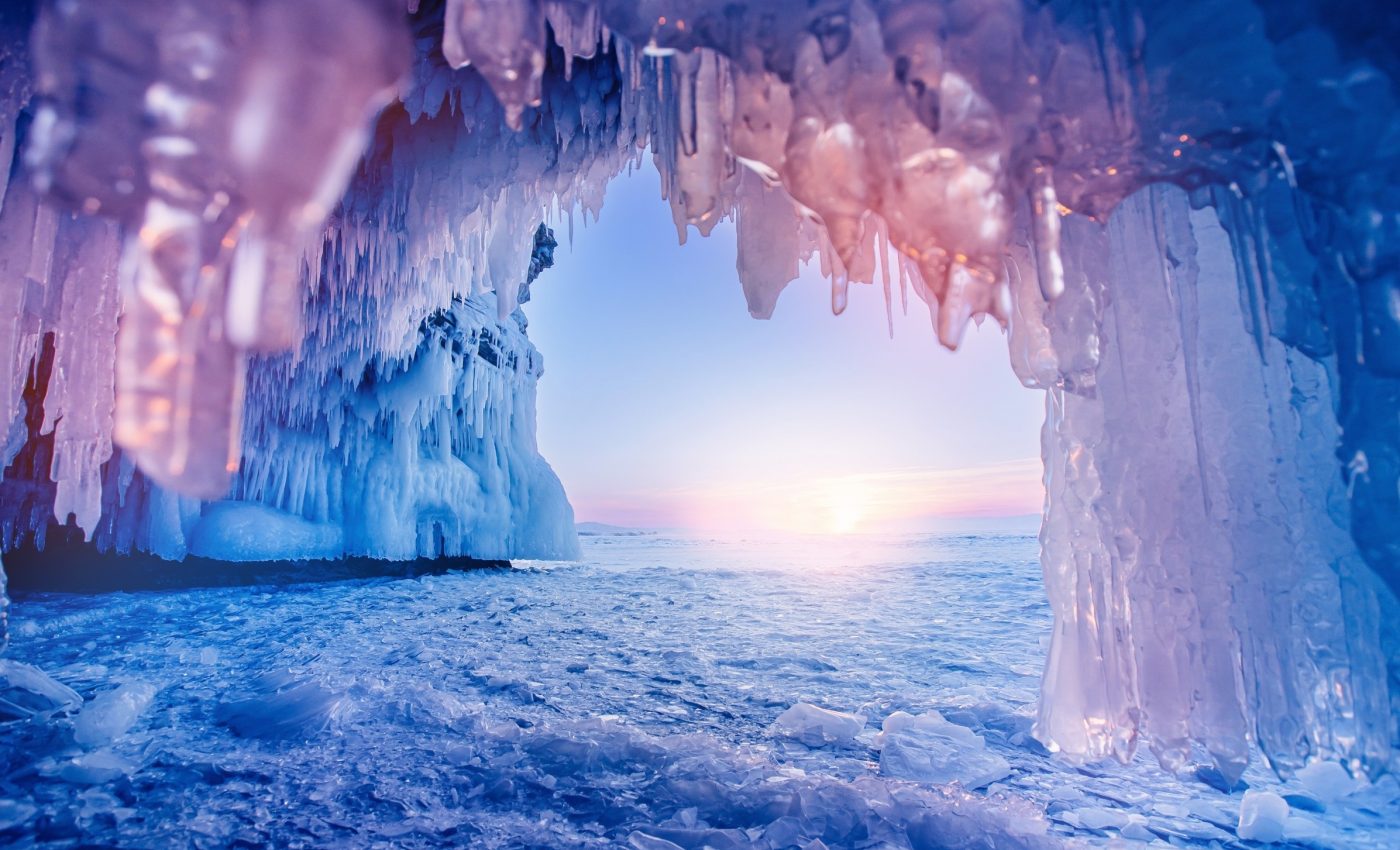
Oldest ice ever found holds a 6-million-year record of Earth's climate
Scientists have recovered the oldest directly dated ice and trapped air ever found – six million years old – from East Antarctica’s Allan Hills.
The samples offer rare “climate snapshots” from a much warmer world with higher seas, and they capture the first direct estimate of how much Antarctica cooled over that span – about 12°C (22°F).
The findings open a path to reconstruct ancient greenhouse gases and ocean heat, with more drilling already planned.
The work was led by Sarah Shackleton from the Woods Hole Oceanographic Institution and John Higgins from Princeton University.
The team’s strategy targets shallow, ancient ice exposed by topography and ice flow – an approach that trades continuous cores for exceptionally old, accessible layers.
Old ice, new insights
“Ice cores are like time machines that let scientists take a look at what our planet was like in the past,” said Shackleton, who has participated in many seasons of ice-core drilling. “The Allan Hills cores help us travel much further back than we imagined possible.”
Instead of drilling more than two kilometers deep to build an unbroken timeline, the team sampled a mosaic of old layers lying one to two hundred meters down at the ice sheet’s edge.
Rugged mountains and slow-moving ice combine to preserve ancient pockets and carry them closer to the surface.
Breaking climate records again
According to the experts, this is the most significant discovery to date for the Center for Oldest Ice Exploration (COLDEX), a 15-institution collaboration headed by Oregon State University.
European efforts recently reached 1.2 million years with a deep, continuous core inland. By contrast, Allan Hills trades continuity for age – and it paid off.
“We knew the ice was old in this region. Initially, we had hoped to find ice up to three million years old, or maybe a little older, but this discovery has far exceeded our expectations,” said COLDEX director Ed Brook.
Climate snapshots frozen in time
The oldest Allan Hills sample dates to six million years ago, an interval when geology points to warmer global temperatures and higher sea levels than today.
That context turns each fragment into a powerful test of climate theory, bridging gaps left by marine sediments and fossils.
A critical advance is direct dating. The team measured an isotope of argon in bubbles sealed within the ice to determine age, rather than inferring timing from surrounding layers or deposits. That makes the chronology less vulnerable to local quirks in snowfall or flow.
Although the sequence is not continuous, the method transforms scattered layers into a library of precisely dated moments. These “climate snapshots” are roughly six times older than any previously reported ice-core data from Antarctica’s interior.
Earth’s long chill recorded
Isotopes of oxygen in the ice show a gradual Antarctic cooling of about 12°C (22°F) across the last six million years – the first direct measure of the magnitude of that regional shift.
Because the Allan Hills archive samples especially warm intervals, it can help test how Antarctic temperatures tracked global carbon dioxide and ocean heat, and how sensitive the ice sheet was as climate crossed key thresholds.
If scientists can pair temperature fingerprints with ancient greenhouse gas levels and estimates of ocean heat, they can refine models that project future sea-level rise and Antarctic stability as today’s CO2 climbs.
A perfect place for ice
“We’re still working out the exact conditions that allow such ancient ice to survive so close to the surface,” Shackleton said. “Along with the topography, it’s likely a mix of strong winds and bitter cold.”
“The wind blows away fresh snow, and the cold slows the ice to almost a standstill. That makes Allan Hills one of the best places in the world to find shallow, old ice, and one of the toughest places to spend a field season.”
The same forces that strip snowfall and lock ice in place also make logistics punishing. Field teams operate for months in severe winds and low temperatures, moving between sites to intercept distinct old layers delivered by the flow around nunataks and ridges.
Mapping Earth’s ancient climate
Deep inland drilling seeks an unbroken, million-year-plus timeline – ideal for tracking slow swings in climate and carbon through successive ice ages.
The Allan Hills approach complements that by sampling much older intervals at the cost of continuity.
Together, these strategies can stitch a broader picture: continuous detail for the last million-plus years and targeted windows into still older climates that bracket key warm periods.
Searching beyond old ice
Ongoing analyses aim to reconstruct ancient greenhouse gas concentrations and infer ocean heat content from the same samples, tightening the links among air, ice, and ocean during past warm climates.
A COLDEX team will return to Allan Hills in the coming months to extend the “snapshot” library – and possibly push beyond six million years.
“Given the spectacularly old ice we have discovered at Allan Hills, we also have designed a comprehensive longer-term new study of this region to try to extend the records even further in time, which we hope to conduct between 2026 and 2031,” Brook said.
Allan Hills has turned out to be a shortcut to Earth’s deep past. By directly dating ancient ice and its trapped air, researchers can anchor brief but crucial windows into climates far warmer than today. In addition, they can quantify how much Antarctica cooled as the planet evolved.
It’s not a single continuous scroll, but it is a set of pages we never had before, each one a rare chance to check our climate models against the only lab that matters: the planet itself.
The findings are published in the Proceedings of the National Academy of Sciences.
—–
Like what you read? Subscribe to our newsletter for engaging articles, exclusive content, and the latest updates.
Check us out on EarthSnap, a free app brought to you by Eric Ralls and Earth.com.
—–













